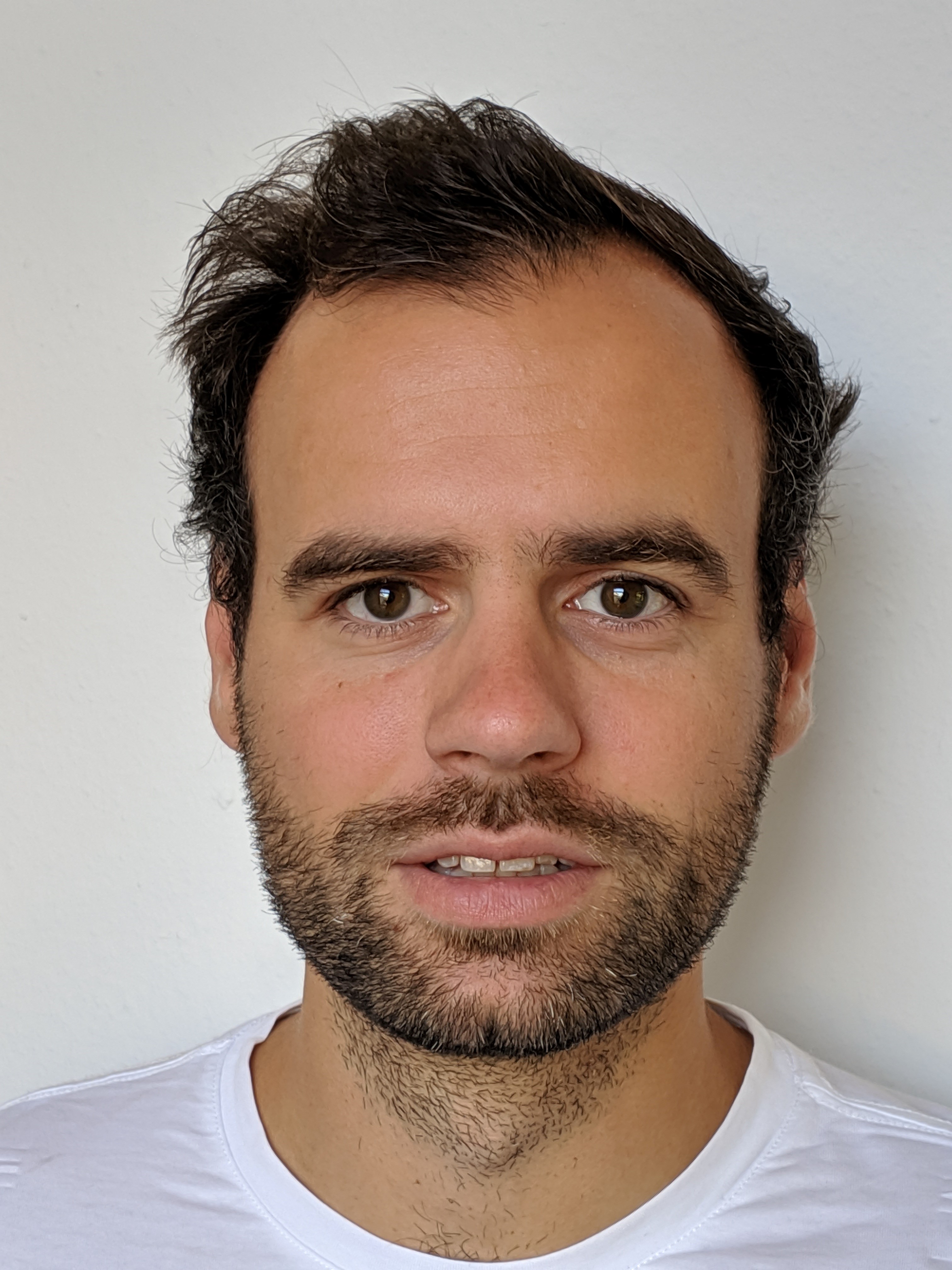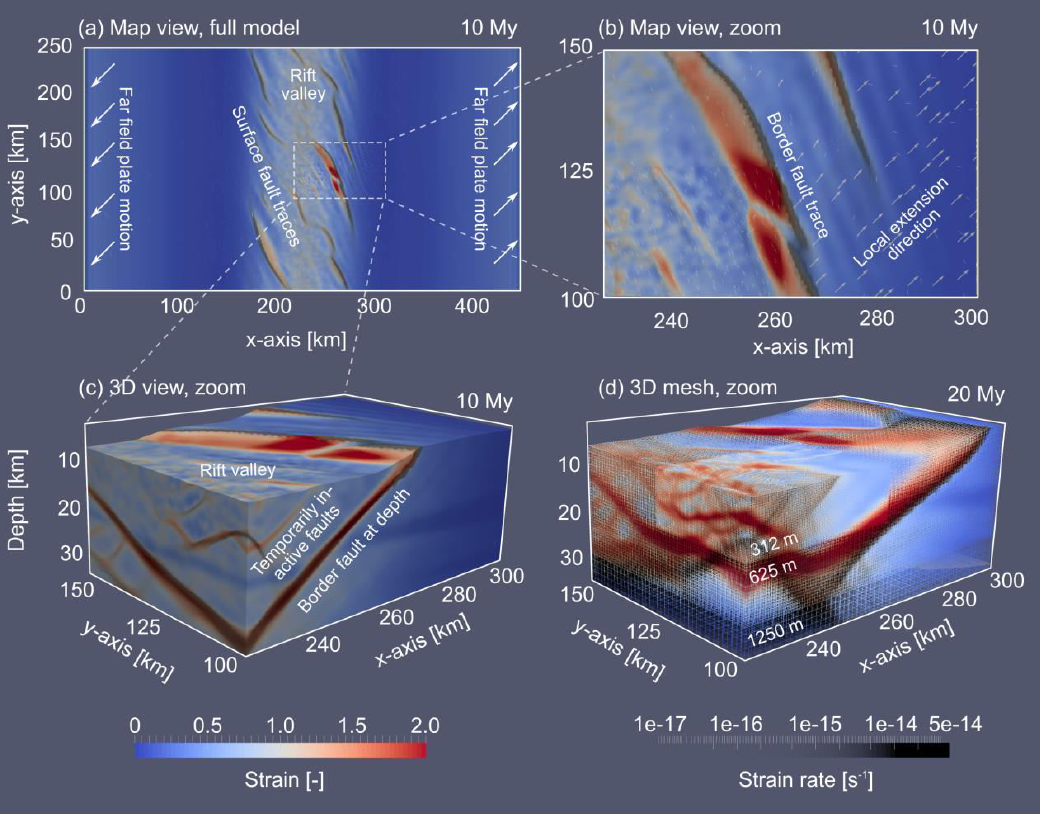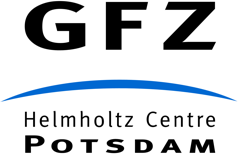
Dr. Thilo Wrona
Postdoc in Geo.DataScience
#Geodynamics #Rifting #Geophysics #Faults #Deep learning
Personal Page, github, LinkedIn, ORCiD, researchgate, twitter
Deciphering fault network evolution in continental rifts through deep learning analysis of geodynamic models and seismic data
Collaborating Scientists: PD Dr. Sascha Brune (GFZ), Prof. Dr. Onno Oncken (GFZ) and Prof. Dr. Begüm Demir (TU)
Project Outline
Continental rifting is a fundamental process in plate tectonics, where continental crust is stretched, while faults and fractures initiate and grow. These tectonic faults are responsible for devastating earthquakes in places of active rifting such as Ethiopia and Tanzania. On longer timescales, these faults are critical to the formation of sedimentary basins hosting large quantities of the natural resources. Despite their importance, we still know relatively little about how normal fault networks grow in space and time (Gawthorpe and Leeder, 2000; Cowie et al., 2005; Bell et al., 2014; Ritter et al., 2018; Rotevatn et al., 2018). How do fault networks coalesce and which parameters control this process? Are normal faults growing simultaneously in length and displacement? How much of the total deformation do these faults accommodate?
We will explore these questions by linking geodynamic simulations of continental rifting with seismic observations of rifted continental crust. Recent advances in geodynamic modelling allow us to the run large-scale geodynamic models of continental rifting (Brune et al., 2017) resolving for the first time the 3-D evolution of fault networks. At the same time, new 3-D seismic surveys reveal entire faults systems in rifted continental crust at unprecedented detail (Wrona et al., 2017). Comparing simulations and observations has however been difficult so far, as it involves the interpretation of large volumes of data (GBs to TBs) in complex 3-D fault configurations. This project will employ artificial intelligence in order to overcome this difficulty by extracting key fault properties (e.g. geometry, strain) from both types of data. This is a unique opportunity to isolate the processes governing normal fault network evolution by bridging geodynamic models and seismic observations using cutting edge deep learning techniques.

3-D geodynamic model simulating the evolution of faults and strain patterns in continental rifts. Depicted is a prototype model of an oblique rift setting using the finite element code ASPECT that will be used in this project. For this model we took advantage of several key assets of this software: (a) flexible boundary conditions including periodic boundaries, (b,c) 3-D strain tracking routines and (d) mesh refinement, i.e. regions of interest can be extremely well resolved, which at the same time enables highly efficient calculations. The results show a complex fault evolution with long-offset border faults, a pronounced rift valley and fault reactivation similar to currently active narrow rift systems.
Publications
Wrona, T., Magee, C., Jackson, C.A.L., Huuse, M., and Taylor, K.G., 2017, Kinematics of Polygonal Fault Systems: Observations from the Northern North Sea: Frontiers in Earth Science, v. 5, p. 101, doi:UNSP 10110.3389/feart.2017.00101.
Methods
- Deep learning
- Cluster analysis
- Graph theory
- Network analysis
Programming
Matlab, R, Python
ML algorithms
Linear Regression, Decision Tree, Support Vector Machine, Neural Networks
Tools
Anaconda, Pip, Spyder, Jupyter, Paraview, Petrel
Libraries
NumPy, Matplotlib, Scikit-learn, Tensorflow, Keras, Networkx, Open3D



